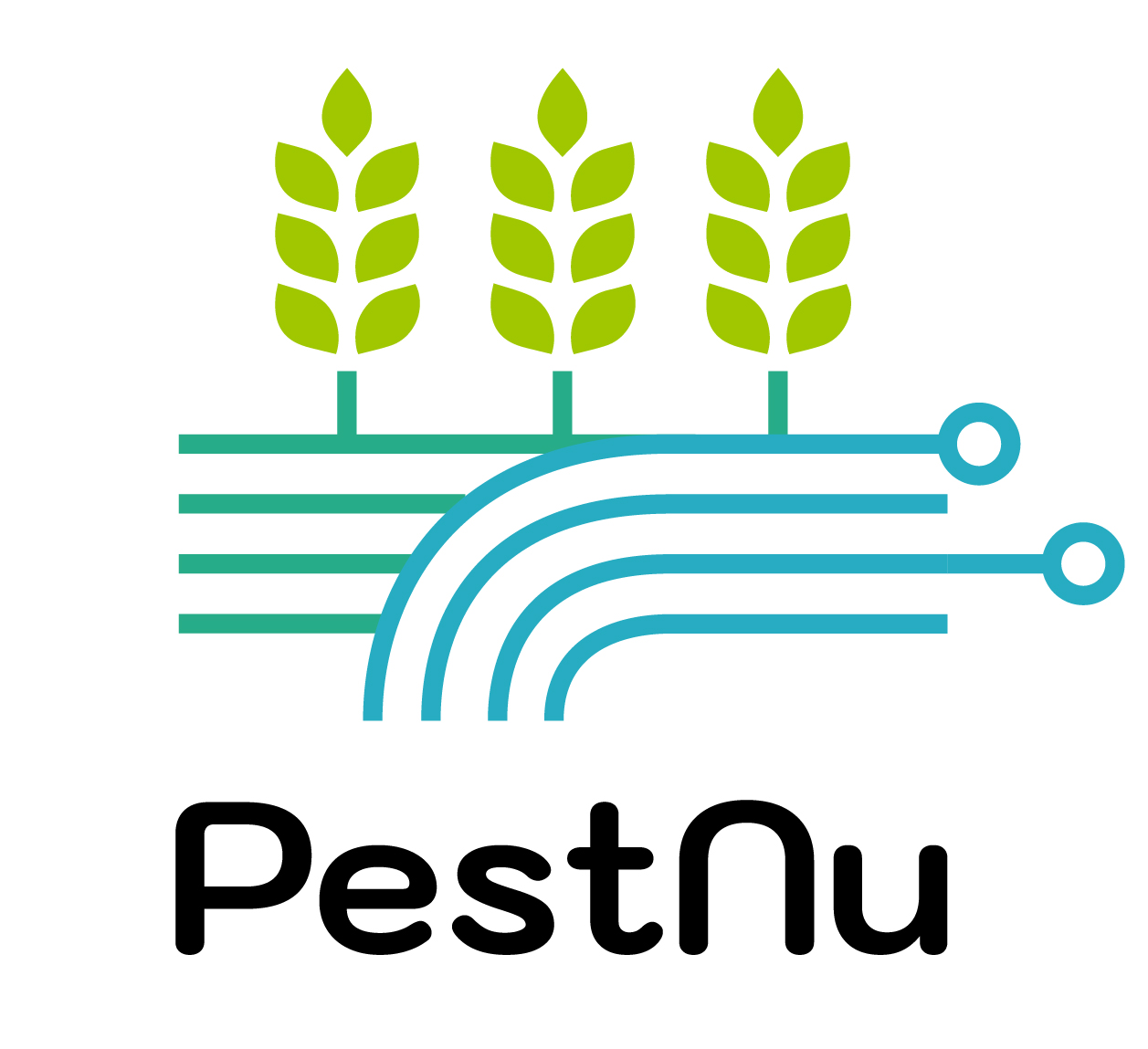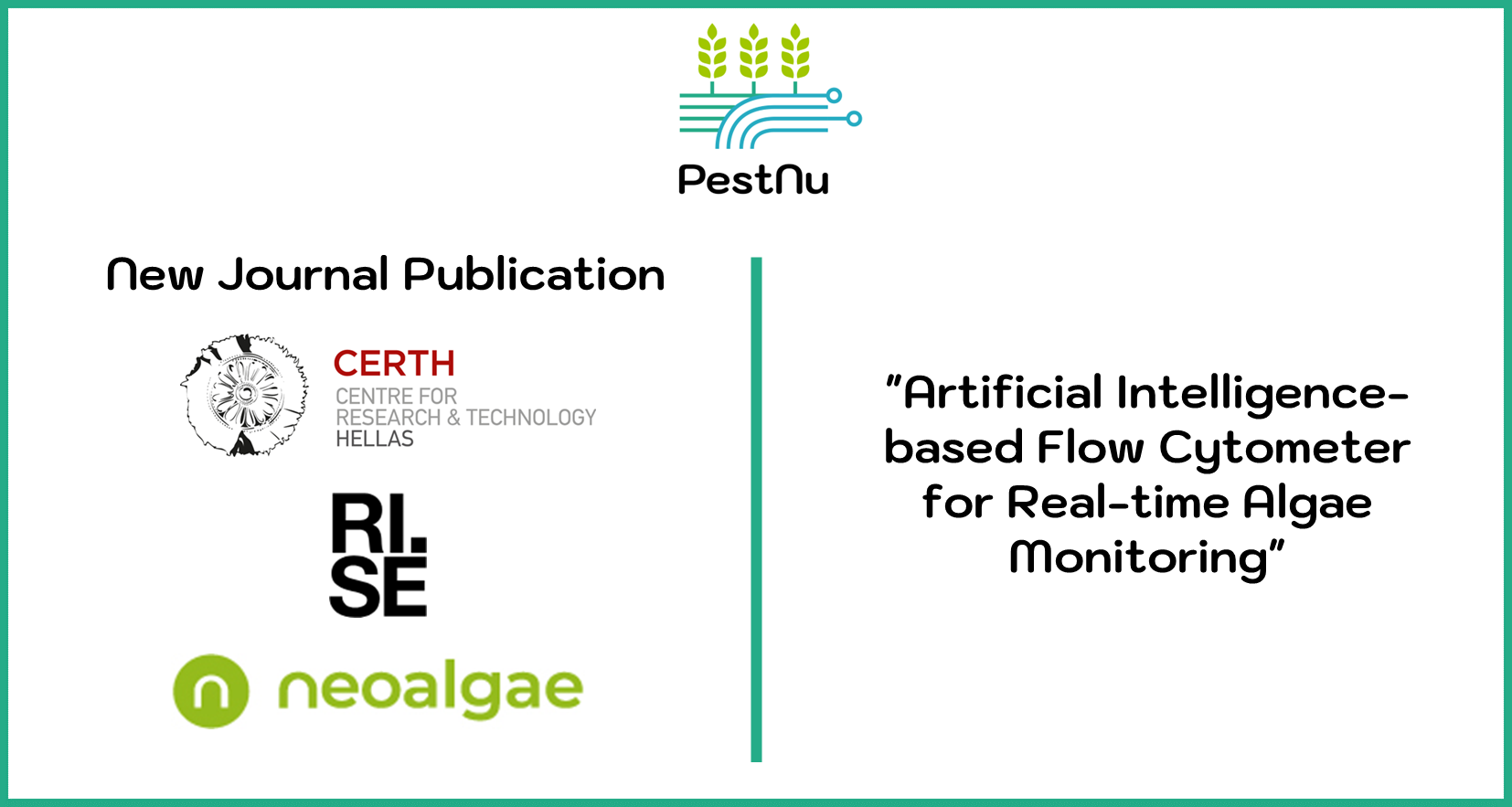We are thrilled to announce a new, outstanding achievement accomplished by CERTH, Neoalgae and Research Institutes of Sweden , within the context of PestNu project.
Their scientific article titled “Artificial Intelligence-based Flow Cytometer for Real-time Algae Monitoring” was published on Procedia Computer Science, 2024, 237, 320-327, ISSN 1877-0509.
The authors of the article are N. Giakoumoglou, T. Björnfot, D. S. Montes, M. Álvarez-Gil, D. Ilver, E. M. Pechlivani and its respective DOI is the following: https://doi.org/10.1016/j.procs.2024.05.111
The abstract and the keywords of the publication can be found below:
Abstarct
Flow cytometry is a laser-based technology that rapidly detects and analyzes the chemical and physical characteristics of single cells or particles and is already well established in environmental and toxicological studies for microalgae and bacterial quantification. This study introduces an imaging Flow Cytometer (FC) system, designed specifically for the enhanced analysis of microalgae biomass populations and aggregate groups through Artificial Intelligence (AI) integration. The FC incorporates a single flow line, critical hardware components, and a trifurcated software setup. The system employs a multi-step process for counting algae units and an Artificial Neural Network (ANN) for classifying them in groups of two or four. To demonstrate its capabilities, the system was tested on its ability to capture, count, and categorize algal units, specifically the Desmodesmus sp. morphotype with high accuracy. Furthermore, the FC’s capabilities were contrasted with traditional counting methods, validating its enhanced precision and efficiency against a hematocytometer. With its capability to provide rapid, accurate, and high-throughput analyses, this innovative FC paves the way for a revolutionary approach to cellular research.
Keywords: Flow CytometerMicroalgaeArtificial Neural NetworkDesmodesmus sp
You can reach the full article following this link: https://www.sciencedirect.com/science/article/pii/S187705092401127X?via%3Dihub

